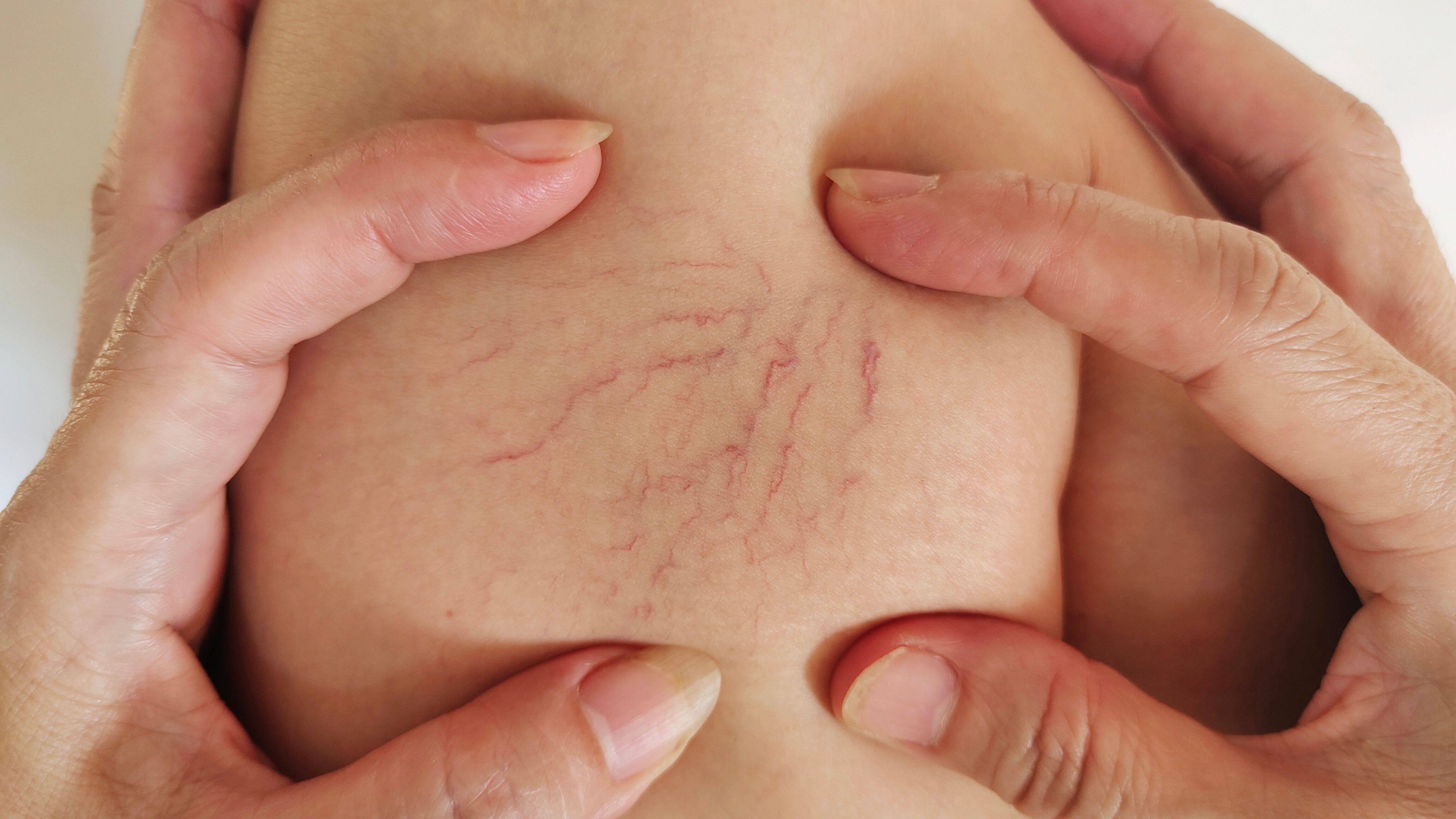Cold Feet? It Could Be a Sign of Varicose Veins
A new study of adults aged 30 to 70 years indicates cold feet, heavy legs and prolonged standing were linked to varicose veins.
By
Patrick Campbell
| Published on April 16, 2025
4 min read
Credit: Adobe Stock

Cold feet and heavy legs could be more than a minor inconvenience: New research suggests they could be underappreciated symptoms of varicose veins.
In a study of more than 8,000 adults between the ages of 30 and 70 years, results indicate people reporting cold hypersensitivity had nearly double the risk of varicose veins, while reporting heavy legs was linked to a more than fourfold increase in risk. Additional information from the study suggested those reporting severe cold hypersensitivity and heavy legs carried a risk of varicose veins more than seven times greater than their counterparts reporting neither.
“In clinical practice, the sensation of coldness is usually relegated to a secondary position among the many varicose vein symptoms. This relegation is attributed to its subjectivity and the consequent ease with which it can be overlooked,” wrote the research team. “However, our study showed the presence of a moderate to severe degree of hypersensitivity to cold in the lower extremities, which has hitherto been underestimated as a subjective symptom associated with varicose veins.”
Commonly found in a person’s legs, varicose veins are enlarged, twisted veins sometimes referred to as spider veins. While many view them as a cosmetic issue, they can signal underlying circulation problems.
Varicose veins are a very common condition, affecting up to 35% of adults in the United States, according to the Society for Vascular Surgery. Women are more likely to develop them, with about 55% experiencing some form of vein problem during their lifetime. The risk increases with age, and by age 60, over half of all adults may show signs of varicose or spider veins.
According to Johns Hopkins Medicine, if left untreated, varicose veins can lead to complications such as chronic venous insufficiency, which causes leg swelling, pain and skin changes. Other risks include venous ulcers — open sores that usually develop near the ankles — inflammation and clotting in surface veins, and, in rare cases, deep vein thrombosis (DVT), a serious condition involving blood clots in deeper veins.
The current study, which was led by researchers from Taiwan, examined how often symptoms like cold sensitivity and heavy legs—often overlooked—are linked to varicose veins. Researchers used health data from 8,782 adults aged 30 to 70 in the Taiwan Biobank between 2008 and 2020.
The Taiwan Biobank is a large, community-based database that collects biospecimens and data from more than 150,000 Taiwanese individuals. Participants included in this study had completed questionnaires about varicose veins, cold hypersensitivity and heavy leg sensations.
After an analysis, investigators found strong connections between these symptoms. People with moderate cold hypersensitivity were about 1.5 times more likely to have varicose veins, while those with severe cold sensitivity had nearly double the risk. Having heavy legs alone increased the odds by more than fourfold.
Researchers pointed out the highest risk was found in people reporting both heavy legs and severe cold hypersensitivity—they were over seven times more likely to have varicose veins. Beyond cold hypersensitivity and heavy legs, investigators highlighted a link between jobs involving prolonged standing and risk of varicose veins, linked to a 45% increase in the likelihood of varicose veins.
“Health care providers frequently underestimate the gravity and implications of varicose veins, leading to their neglect, and there is usually a gap in understanding the comprehensive spectrum of linked symptoms,” investigators noted.

